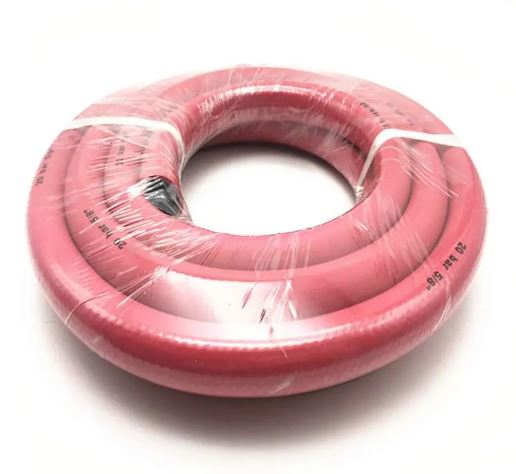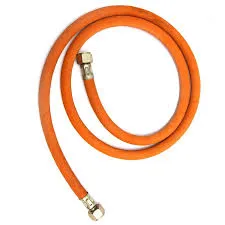335345435
Aug . 15, 2024 12:09 Back to list
Exploring the Essential Features and Benefits of LPG Hoses for Safe Gas Transport and Usage
Exploring the Essential Features and Benefits of LPG Hoses for Safe Gas Transport and Usage
Understanding LPG Hose Safety, Applications, and Maintenance
Liquefied Petroleum Gas (LPG) is a popular fuel source used in various applications, ranging from residential heating to industrial processes. Given the nature of LPG, which can be flammable and pressurized, the hose used to transport this gas plays a crucial role in ensuring safety and efficiency. In this article, we will explore the characteristics, applications, safety concerns, and maintenance practices associated with LPG hoses.
Characteristics of LPG Hoses
LPG hoses are specifically designed to handle the unique properties of liquefied petroleum gas. Typically constructed from durable materials such as rubber or thermoplastic, these hoses are engineered to withstand high pressures and resist various environmental factors. A standard LPG hose must comply with stringent industry standards, such as ISO 3821 or EN 1763, to ensure they can safely transport gas without the risk of leaks or ruptures.
One of the key features of LPG hoses is their flexibility, which allows for easier installation and maneuverability. Additionally, many LPG hoses come with protective covers to shield against UV rays, abrasion, and chemical exposure, further enhancing their longevity and safety.
Applications of LPG Hoses
LPG hoses have a wide range of applications across different sectors. In residential settings, they are commonly used to connect gas appliances such as stoves, heaters, and barbecues to gas cylinders. These hoses are vital for ensuring a safe and reliable supply of gas for cooking and heating.
In commercial and industrial applications, LPG hoses are utilized in warehouses, manufacturing facilities, and agricultural settings. They are often used to power forklifts, heat buildings, and even in food processing operations. The versatility of LPG hoses makes them essential in various sectors, ensuring that businesses can operate efficiently and safely.
Wire Braided LPG&CNG Gas Hose
Safety Concerns
lpg hose

Safety is paramount when dealing with LPG hoses. Due to the flammable nature of LPG, it is crucial to use hoses that are specifically designed for this purpose. One of the main concerns is the potential for leaks, which can lead to fires or explosions if not managed properly. Regular inspections for wear and tear, such as cracks, abrasions, or bulges, are essential in preventing accidents.
Proper installation is equally important. Hoses should not be kinked or twisted, as this can restrict gas flow and increase the risk of damage. Additionally, using the appropriate fittings and connectors designed for LPG is necessary to ensure a secure attachment and prevent leaks.
Maintenance Practices
To ensure the longevity and safety of LPG hoses, regular maintenance is essential. Users should inspect hoses before each use, checking for signs of damage or wear. Any hose that shows signs of deterioration should be replaced immediately.
Cleaning the hoses is also important; however, users should avoid using harsh chemicals that could degrade the material. A simple solution of soap and water can be effective for cleaning. Moreover, hoses should be stored in a cool, dry place, away from direct sunlight and extreme temperatures, to prevent premature aging.
Furthermore, it is advisable to follow the manufacturer's guidelines regarding replacement intervals. Over time, all hoses will degrade, and proactive replacement is key to maintaining safety.
Conclusion
In conclusion, LPG hoses are a critical component in safely transporting liquefied petroleum gas for various applications. Understanding their characteristics, ensuring proper safety measures, and adhering to maintenance practices are vital to prevent hazards. By being informed and proactive, users can maximize the efficiency and lifespan of their LPG hoses, contributing to a safer environment.
-
SAE 100 R17 Black Smooth Cover Hydraulic Hose
NewsMar.07,2025
-
SAE 100 R17 Black Smooth Cover Hydraulic Hose
NewsMar.07,2025
-
SAE 100 R17 Black Smooth Cover Hydraulic Hose
NewsMar.07,2025
-
SAE 100 R17 Black Smooth Cover Hydraulic Hose
NewsMar.07,2025
-
SAE 100 R17 Black Smooth Cover Hydraulic Hose
NewsMar.07,2025
-
steel wire braided hydraulic hose
NewsMar.07,2025




